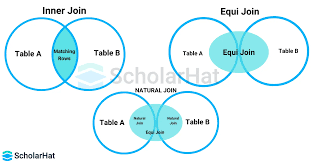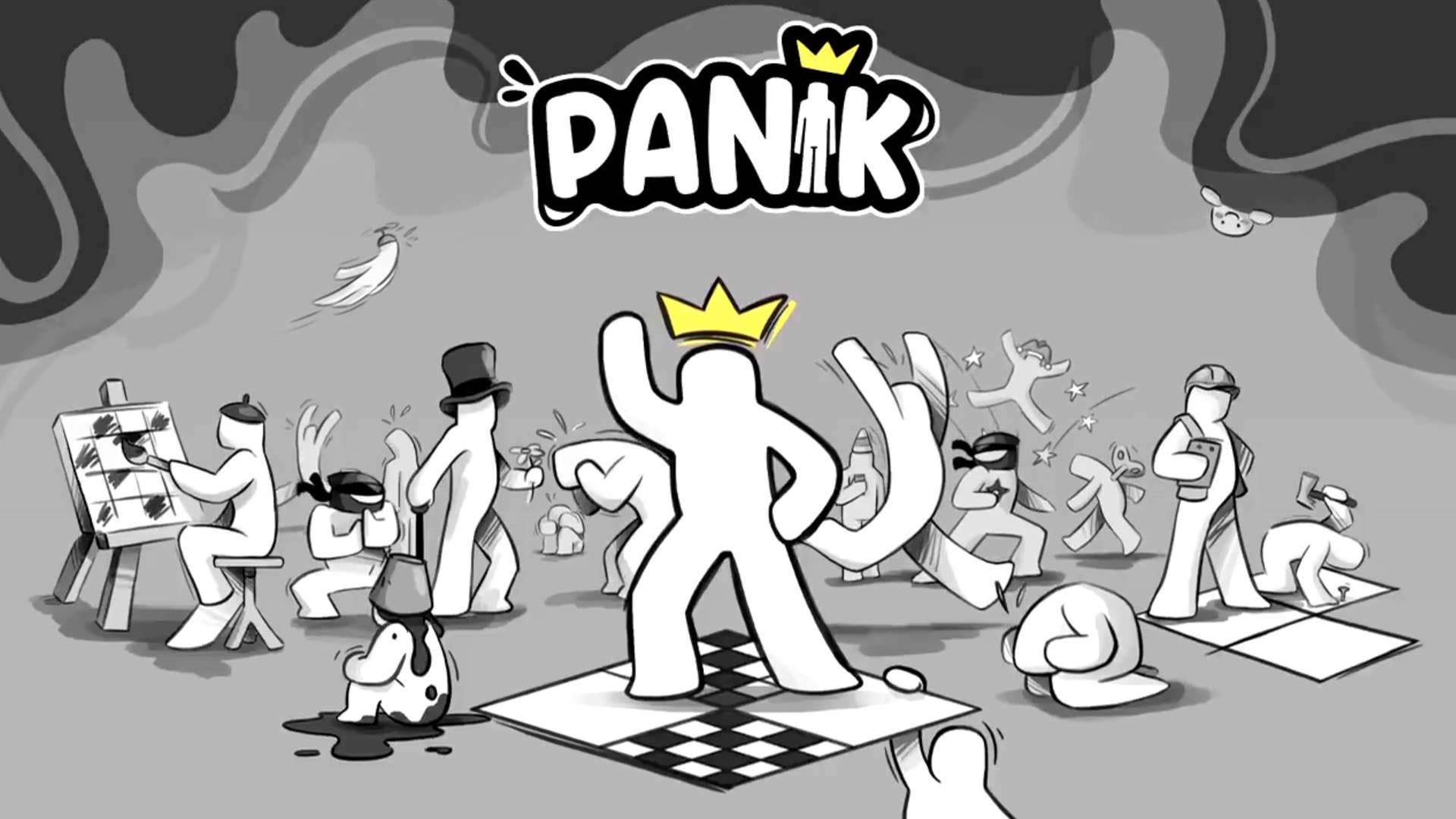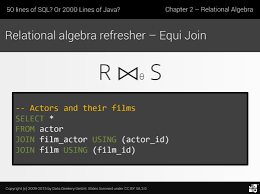Relational Algebra
It's a procedural query language , which takes relation as input and generate an output based on the condition . SQL base -> Relational Algebra Operators -> Extract data from database Operations : Selection Projection Union Set Difference Cartesian product Rename (P) Cartesian Product: Return all possible relations Join: Return only the condition matched relation Why not Cartesian Product? -> Join is two types . Inner Join -> Will return the tuples which will be matching with the condition . It is three types Theta Join Equi Join Natural Join Outer Join -> Will return the tuples which will be matching with condition along with other rows that will not be matched . It is three types Left Outer Join Right Outer Join Full Outer Join Equi Join : When theta join uses only equality(=) comparison operator , It is said to be equijoin . Notation: Sigma (Predicate) A*B Natural Join: The result of the natural join is the set of all combinations of tuples in two relations R1 and R2 that are equal on their common attribute names . In equi join , There needs a condition . In natural join , No need of condition . Notation:

It's a procedural query language , which takes relation as input and generate an output based on the condition .
SQL base -> Relational Algebra
Operators -> Extract data from database
Operations :
- Selection
- Projection
- Union
- Set Difference
- Cartesian product
- Rename (P)
Cartesian Product: Return all possible relations
Join: Return only the condition matched relation
Why not Cartesian Product?
->
Join is two types .
- Inner Join -> Will return the tuples which will be matching with the condition . It is three types
Theta Join
Equi Join
Natural Join
- Outer Join -> Will return the tuples which will be matching with condition along with other rows that will not be matched . It is three types
Left Outer Join
Right Outer Join
Full Outer Join
Equi Join :
When theta join uses only equality(=) comparison operator , It is said to be equijoin .
Notation:
Sigma (Predicate) A*B
Natural Join:
The result of the natural join is the set of all combinations of tuples in two relations R1 and R2 that are equal on their common attribute names .
In equi join , There needs a condition . In natural join , No need of condition .
Notation:










































































































































































![[The AI Show Episode 144]: ChatGPT’s New Memory, Shopify CEO’s Leaked “AI First” Memo, Google Cloud Next Releases, o3 and o4-mini Coming Soon & Llama 4’s Rocky Launch](https://www.marketingaiinstitute.com/hubfs/ep%20144%20cover.png)


























































































































































![BPMN-procesmodellering [closed]](https://i.sstatic.net/l7l8q49F.png)


























































































-All-will-be-revealed-00-35-05.png?width=1920&height=1920&fit=bounds&quality=70&format=jpg&auto=webp#)
-All-will-be-revealed-00-17-36.png?width=1920&height=1920&fit=bounds&quality=70&format=jpg&auto=webp#)






















































































































![What iPhone 17 model are you most excited to see? [Poll]](https://9to5mac.com/wp-content/uploads/sites/6/2025/04/iphone-17-pro-sky-blue.jpg?quality=82&strip=all&w=290&h=145&crop=1)
















![Hands-On With 'iPhone 17 Air' Dummy Reveals 'Scary Thin' Design [Video]](https://www.iclarified.com/images/news/97100/97100/97100-640.jpg)
![Mike Rockwell is Overhauling Siri's Leadership Team [Report]](https://www.iclarified.com/images/news/97096/97096/97096-640.jpg)
![Instagram Releases 'Edits' Video Creation App [Download]](https://www.iclarified.com/images/news/97097/97097/97097-640.jpg)
![Inside Netflix's Rebuild of the Amsterdam Apple Store for 'iHostage' [Video]](https://www.iclarified.com/images/news/97095/97095/97095-640.jpg)































































































































